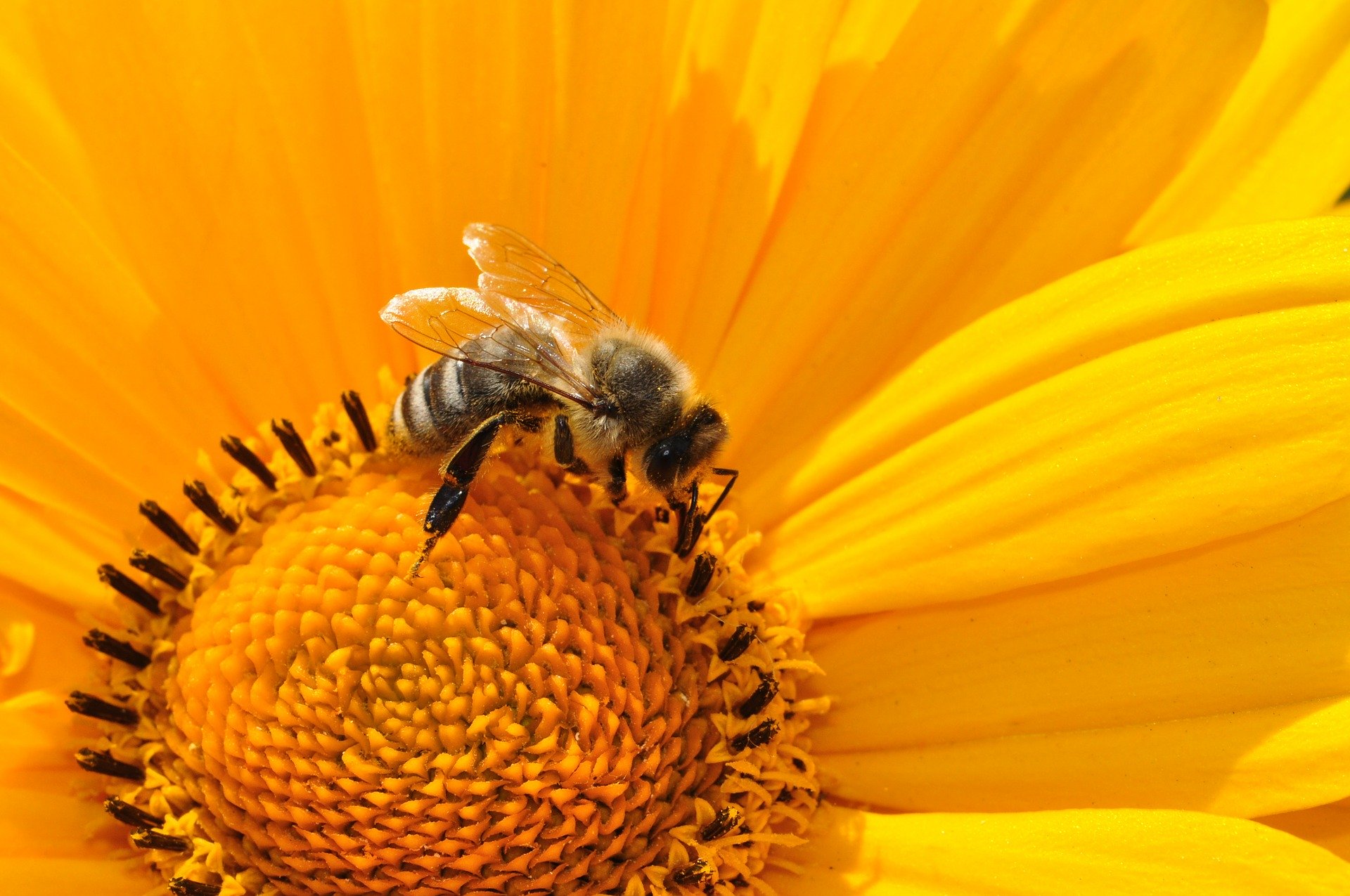
Gardening can be a very relaxing pastime; in fact, it’s been shown in studies to have a positive effect on stress and anxiety and can even help prevent health issues, such as diabetes and heart disease.
Yet those aren’t even all the benefits one can get from gardening; planting flowers and shrubs also helps the bee population thrive, and because they are rapidly dying out due to use of pesticides and loss of habitat, it’s imperative that we help them survive and stay healthy. Bees are some of the most useful creatures on the planet, in part because of their ability to cross-pollinate and keep our food production system going. Without them, it would be difficult or nearly impossible to pollinate everything by hand.
Because bees play a role in the growth of about ⅓ of all the food we eat–from fruits and vegetables to the meat we consume–keeping these little guys safe and happy should be a priority. Even if you’ve never gardened before, there are plenty of easy ways you can get started. Read on to find out how.
Consider a small garden space
You don’t have to have a huge lawn to create a nice space for the bees in your area; a small window box full of herbs or a corner of the lawn filled with wildflowers will do perfectly. Remember that bees love a variety, but they also like to have several of the same flower clumped together for ease of feeding, so if you only plant one type of flower, that’s perfectly fine. Look for perennials, which come back year after year, so you won’t have to keep replanting.
Don’t let them drown
Bees get thirsty, too, so help them stay safe while getting a drink by keeping a small bowl of water filled with rocks they can stand on. This helps them keep their footing as they drink so they don’t fall into the liquid. Change out the water every day.
Plant what they love
Bees are attracted to many different kinds of flowers, including blooms on fruit and vegetable plants, so don’t feel limited to one or two different kinds. Choose your favorite colors and species and remember that bees need food nearly year-round, so you’ll need to take that into consideration when thinking about the types of plants you want. For spring blooms, try crocus, hyacinth, borage, calendula, and wild lilac. Summer bloomers include bee balm, cosmos, echinacea, snapdragons foxglove, and hosta; for fall, zinnias, sedum, asters, witch hazel, and goldenrod are great choices.
Never use chemicals
It may seem obvious, but it needs to be said anyway; never use chemical treatments or pesticides on your plants, as these can interfere with pollination and are harmful to the bees. Try natural remedies if you’re having a bug problem
Let your grass grow
Many neighborhoods have strict rules about lawns and letting them get shaggy, but if you live somewhere that it’s an option, let your grass grow a little rather than cutting it every weekend. You don’t have to let it get out of control, but allowing clover and dandelions to grow can help the bees find food when other flowers are scarce.
Gardening may seem like something that’s out of your wheelhouse if you’ve never tried it before, but there’s not much to it. The key is to do some research and make sure you’re planting the right kinds of flowers and shrubs for bees to feed on and find refuge in, and remember not to be afraid. Bees get a bad reputation for stinging, but they are more interested in the flowers than in you.
Photo via Pixabay by Katja
